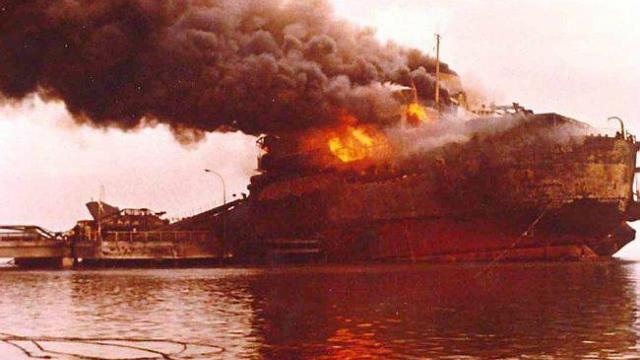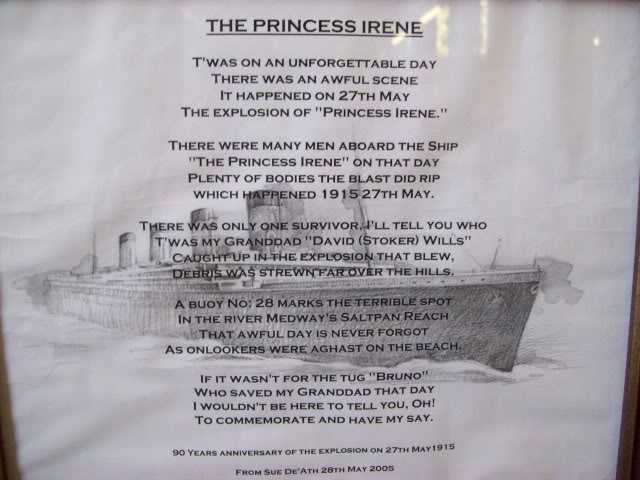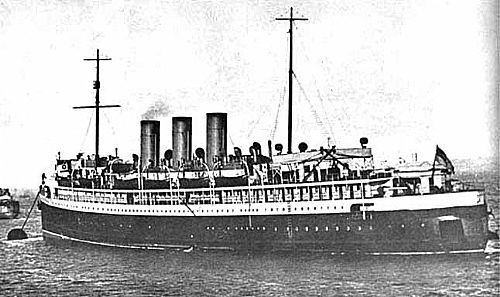Rainham at War in 1915
With the war just over five months old and uncertainty about how long it would last, 1915 saw the continuation of fund raising events and more casualties involving Rainham men at the battle front as residents rallied to do their bit in the village.
The year began in Rainham with a powerful gale that caused extensive damage in the area. The wind created holes in the chancel roof and nave of St Margaret’s church, telegraph wires were brought down and large elm trees were uprooted and strewn across the main road between Spade Lane and Culver’s Hill. Roofs, chimney pots and fruit trees also suffered severe damage in the wake of the storm.
During the gale two of Wakeley’s bargemen Arthur Hawks from Station Road and George Naylor from Lower Rainham had a lucky escape. After the wind had disconnected the anchor and chain their barge drifted on the sea near Canvey Island. The men had to fight freezing rain and sleet as they battled to control the vessel. Fortunately, the barge grounded and the two crewmen stayed on board until daylight then got ashore to safety.
In Rainham street lights were extinguished by general order on January 26th because of the threat of German air attacks and evening services at the church were restricted because of the blackout with the Wednesday evening intercession service abandoned until further notice. A decision was also made that in the case of enemy aircraft attacks their arrival would be signalled by the ringing of the church bells which would allow special constables based at the fire station to go out and warn residents to stay in their homes or get under cover if outside.
A concert took place at the Council School in January to raise money for the Belgian Relief Fund. Several of these took place during the year and were organised by the Co-operative society and proved to be very successful money raising events.
In February a public meeting took place in the church hall to form a Rainham platoon for the Chatham Volunteer Training Corps. Reverend Tamplin became chairman and Mr Kitchingham from Station Road honorary secretary. A committee was also set up to organise the training of recruits from Rainham and the outlying villages of Upchurch, Hartlip, Lower Halstow and Newington. Later in March 34 men enrolled in the Rainham Volunteer platoon and drill took place at the Council School in Solomon Road. Sergeant-Major Richardson acted as drill instructor and training took place every Wednesday evening. Seymour Wakeley, Sid Wakeley, and Stuart Jelly were elected to the committee and by the end of April a rifle range in a building owned by Richard Wakeley had become established in the High Street while Corporal Forster took over as the new drill instructor.
In April a charity football match at the recreation ground between Rainham Congregational Church and Upchurch took place to raise money for men fighting in the war. Entry cost 3d and a total of £6/12/0d raised. Following this in May efforts were made to raise funds for an ambulance to transport wounded servicemen from the railway station to different hospitals. This became known as the ‘Rainham Ambulance.’ Mrs Tamplin the vicar’s wife became honorary secretary while Mrs Bodiam volunteered to organise a group of ladies to collect money with a house to house collection. Their aim was to raise £45. By late June Mrs Bodiam and her helpers had raised £50 for the Rainham Ambulance, five pounds more than originally required.

With regard to entertainment the Empire Cinema in the High Street which pre-dated the Rainham ‘Bug Hutch,’ showed regular films to the public with seats varying in price from 2d to 6d. Charlie Chaplin films like ‘The Million Dollar Mystery’ proved to be very popular although other films were also shown with a piano accompaniment and were well attended.
In September Sergeant Frank Baker received the Distinguished Conduct Medal for gallantry after he had volunteered to recover the dead body of a regimental captain while under heavy enemy fire. He also got a big surprise when he came home on leave and received an inscribed watch from Reverend Tamplin on behalf of the people of Rainham at a special presentation in the church hall which his family and friends attended. He was later killed in action in France in 1916.
Throughout the year Council School headmaster Harold Greenhalgh organised the collection of eggs by pupils for the ‘National Egg Collection for the Wounded.’ In August 69 dozen eggs were collected and sent to the headquarters for the Organisation based in London. The school continued to run money raising events for the war throughout the remainder of the year. In November they invited a party of 58 wounded soldiers from Fort Pitt Hospital in Chatham for tea and entertainment and decorated classrooms with flags and flowers. The soldiers and sailors were served by waitresses and given tea while headmaster Harold Greenhalgh entertained them with songs. By the end of the month over 1,000 eggs had been collected at the school. The month ended with a concert organised by the Rainham Branch of Queen Mary’s War Hospital Needlework Guild with the aim of raising funds for the war wounded. Mrs Webster, wife of Dr Irby Webster, worked hard to hold the concert which proved to be a very successful musical pageant.
In December the parish clerk wrote to the War Office to obtain a war trophy captured from the enemy for Rainham. The committee suggested that it should be placed on the Recreation Ground in recognition of patriotism shown by residents in Rainham but it never materialised.
Throughout 1915 periodic announcements were made about soldiers and sailors who had been killed, wounded or missing. In January news arrived about leading seaman Aaron Norris from Station Road serving aboard HMS Formidable which sank in the channel. Fortunately, he survived with a small number of others. Thomas Balcomb of Bredhurst Road who had been called up in the Naval Reserve and sent to the Dardanelles on HMS Hood was reported missing in June while Brigadier-General Godby formerly of ‘The Chestnuts’ in Rainham High Street got wounded in action. Others were not so lucky like Sid Rash from Manchester House in the High Street aged 24 who served with the 12th Battalion City of London Regiment and was killed while fighting on the Western Front in France. On May 24th Percy Baker of the 2nd Grenadier Guards was killed at Ypres after twice getting wounded. In August Percy Champion aged 19 from Ivy Street and who served in the East Surrey Regiment died of his wounds in a French hospital while Chief Petty Officer Andrew Evers aged 38 from Station Road lost his life when HMS Natal was sunk in the English Channel.
When HMS Princess Irene loaded with mines blew up on the River Medway not far from Sheerness due to an accidental ignition of ammunition, only one member of the crew survived and 352 people were killed. Alfred Gulvin a bargeman from Henry Street got struck in the head by flying debris from the explosion while at work on the river and his injury required stitches. Debris which included a case of butter and soot from the explosion landed in Rainham.
Finally, the year ended with disaster when a serious fire destroyed Kemp Brothers building in Station Road, caused £3,000 worth of damage and put thirty men out of work. Fortunately nobody got injured but it contributed to more uncertainty at the end of the year and concerns about the future course of the war.












































































































































